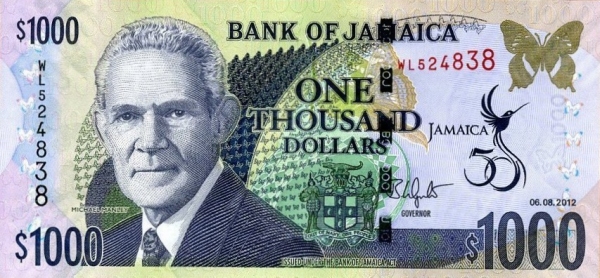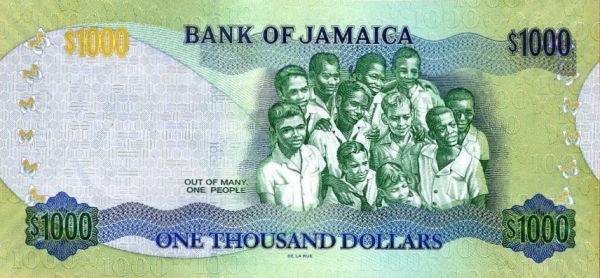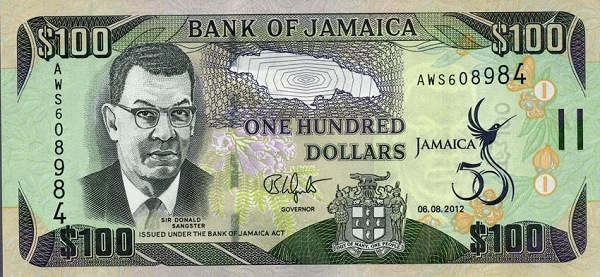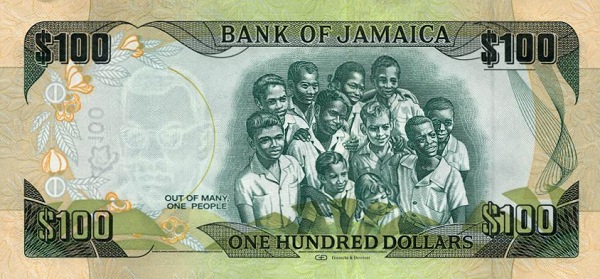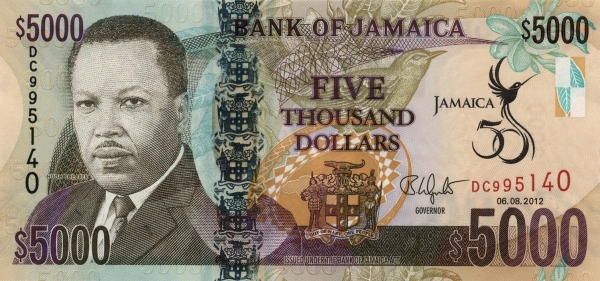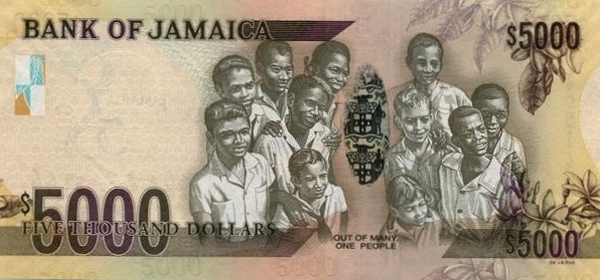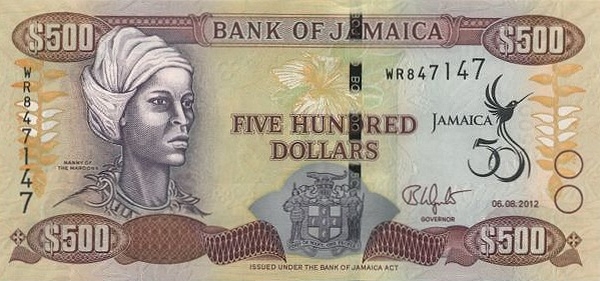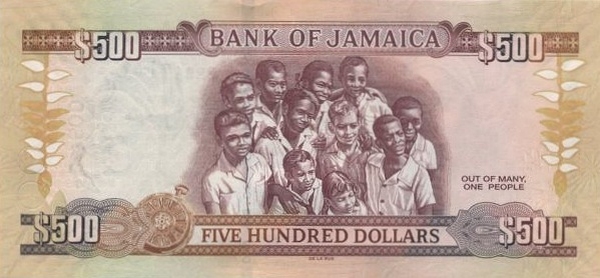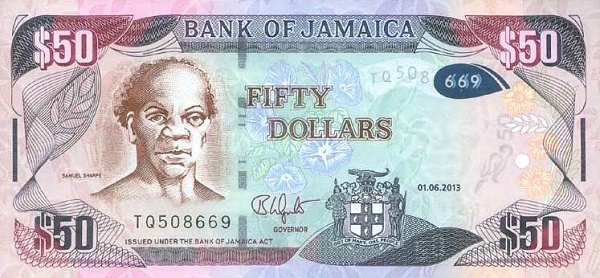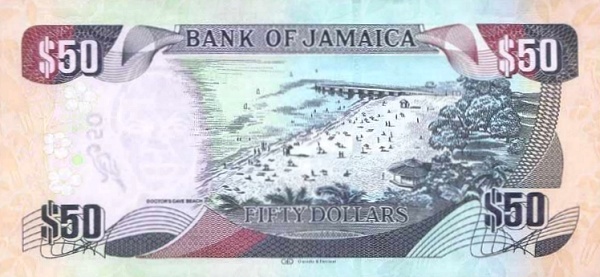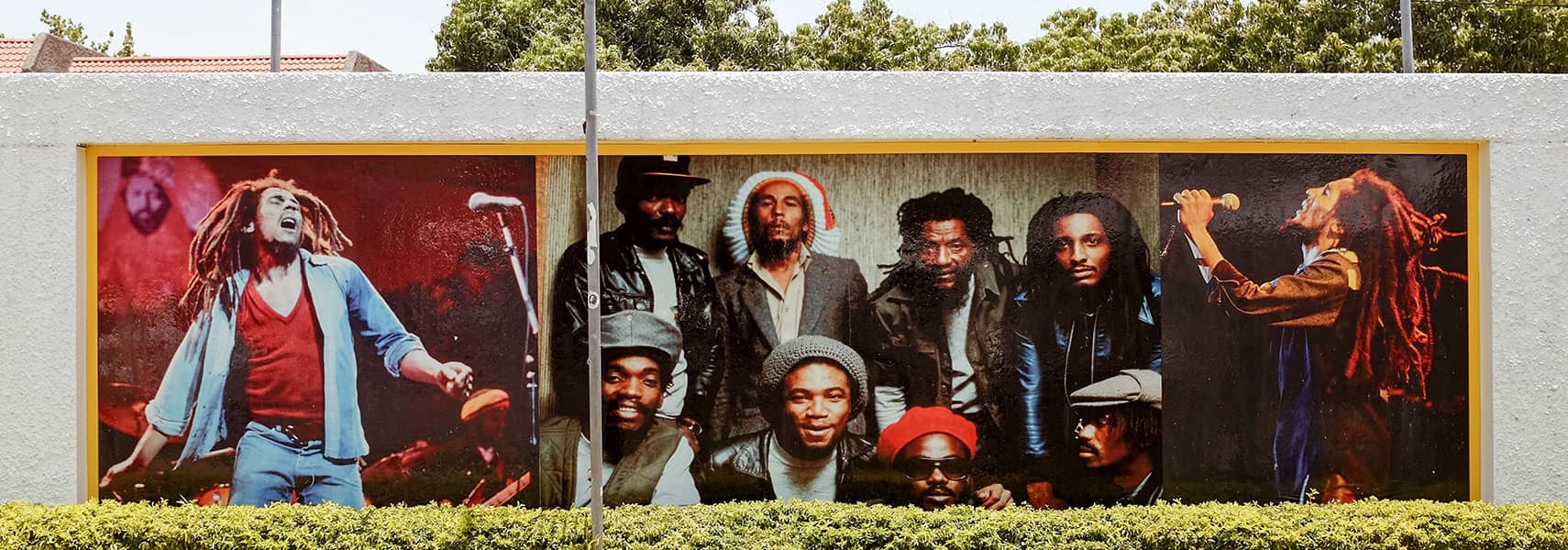Discovering Jamaica: A Caribbean Gem
Jamaica, the third largest island in the Caribbean Sea, captivates with its stunning landscapes and rich cultural heritage. Located west of Hispaniola and south of Cuba, Jamaica rests approximately 870 km (540 mi) southeast of Miami. This beautiful island shares maritime borders with the Cayman Islands, Colombia, Cuba, and Haiti. Surrounding Caribbean islands include the Dominican Republic and Puerto Rico, all contributing to the region's diverse charm.
A Diverse and Breathtaking Landscape
The landscape of Jamaica mainly consists of mountains and lush vegetation. Notably, a limestone plateau blankets two-thirds of the island while captivating karst formations boast numerous caverns and caves. These geological marvels create a truly unique environment. Moreover, narrow coastal plains line the shores and provide a striking contrast to the picturesque green rainforests, sandy bays, and pristine beaches. The pinnacle of this breathtaking terrain is Blue Mountain Peak, which stands majestically at 2,256 meters in the eastern part of the island.
Statistics that Define Jamaica
The area of Jamaica covers 10,991 km², making it slightly larger than Cyprus or marginally smaller than Connecticut. In terms of population, the island is home to about 2.75 million residents as of 2015. The bustling capital city, Kingston, along with key cities like Spanish Town and Montego Bay, showcase urban life and vibrant culture. While Jamaican English serves as the official language, Jamaican Patois, an English-based creole influenced heavily by West African languages, is the most commonly spoken tongue.
Exploring Jamaica's Rich History
Jamaica, historically significant in the Caribbean, boasts a fascinating past. Initially, around 60,000 Arawak Indians inhabited the island prior to European arrival. Christopher Columbus "discovered" Jamaica in 1494. He promptly claimed it for the Spanish crown. In 1517, the Spaniards initiated the transatlantic slave trade, bringing the first Africans to the island. Subsequently, the British seized control in 1655 by defeating the Spanish, claiming the land for England.
Colonial Struggles and Independence
By the late 17th and early 18th centuries, the social landscape of Jamaica became divided. Colonial planters utilized the coastal plains, relying heavily on the labor of enslaved Africans. In stark contrast, the Blue Mountains became home to fugitive slaves who formed the free community known as the Maroons, fiercely protecting their autonomy. Following more than three centuries of colonial rule, Jamaica gained independence from the UK on August 6, 1962. This historic date marked the nation's establishment as a sovereign state and its entry into the Commonwealth of Nations.
Government and Political Structure in Jamaica
As a constitutional parliamentary democracy, Jamaica operates with a system designed to ensure citizens' participation in governance. Upon gaining independence, Jamaica retained membership within the Commonwealth of Nations, with Queen Elizabeth II serving as the Head of State, represented locally by the Governor-General. This structure allows for a blend of traditional authority and modern democratic practices.
Geographical Wonders of Jamaica
Jamaica appears as a breathtaking jewel within the Caribbean. Positioned south of Cuba, the island spans 11,000 km² (4,247 sq. mi.), showcasing a predominantly mountainous terrain, where less than one-fifth of the land remains flat. This unique geography, combined with the northeast trade winds and the coastal breezes, creates a tropical marine climate. Such environmental factors contribute to the rich biodiversity of the island, making it an appealing destination for tourists and nature enthusiasts alike.
The People of Jamaica
The nation proudly harbors a multi-ethnic society. Statistics reveal that around 90.9% of the population identifies as black, while East Indian, Chinese, and White communities make up a smaller portion. Additionally, mixed heritage accounts for approximately 7.3% of the population. Jamaica's religious landscape is equally diverse, with Anglican, Baptist, Rastafarian, and Roman Catholic communities coexisting. Most notably, locals communicate primarily in English; however, Jamaican Patois remains a vital aspect of daily life. The literacy rate stands at an impressive 80%, reflecting a strong emphasis on education among Jamaicans.
Natural Resources and Agriculture in Jamaica
Jamaica possesses a wealth of natural resources, including bauxite, gypsum, and limestone, which play significant roles in its economy. Agriculture thrives on the island, with staples such as sugarcane, bananas, coffee, and yams being crucial to both local consumption and export. Additionally, farmers cultivate citrus fruits, vegetables, and livestock, which altogether contribute to the nation’s vibrant agricultural sector.
Industries Shaping Jamaica's Economy
The economic landscape of Jamaica encompasses various industries, with tourism standing out as a vital component. The island attracts millions of visitors with its breathtaking beaches, rich cultural experiences, and spirited music scene. Alongside tourism, bauxite/alumina production, textiles, and agricultural processing significantly contribute to the economy. Furthermore, manufacturing sectors produce a range of products, from rum to telecommunications, showcasing the diverse capabilities of this island nation.
Jamaica’s Trade Relationships
Jamaica's economy thrives on trade, with a range of exports, including alumina, bauxite, sugar, coffee, and rum. The island’s primary export partners consist of the USA, Canada, and Russia, among others. Conversely, imports consist mainly of food, consumer goods, industrial supplies, and machinery, with the United States being the primary supplier. This flow of goods showcases Jamaica's integrated role in global markets and its interdependence with larger economies.
Cultural Vibrancy: The Heart of Jamaica
Beyond its economic structure, Jamaica offers a vibrant culture that resonates through music, dance, food, and art. Reggae music, born from the island, speaks volumes about the Jamaican spirit and history, with global icons like Bob Marley leaving an indelible mark. Traditional Jamaican cuisine, with its tantalizing flavors and unique dishes, reflects a blend of indigenous, African, and European influences, further enhancing Jamaica’s cultural tapestry. Each aspect of Jamaican life contributes to a rich, layered identity that continues to attract and inspire.
In conclusion, Jamaica stands as a remarkable Caribbean destination. Its stunning geography, diverse populace, rich history, and vibrant culture create an enchanting environment that captivates visitors. As you explore the island, you'll undoubtedly find that Jamaica offers more than picturesque beaches and alluring landscapes; it envelops you in an unforgettable experience of warmth, hospitality, and joy.
Largest cities of: Jamaica
| City Name | Population | Year of foundation | |
| Kingston | 670,000 | 1692 | |
| Portmore | 200,000 | 1733 | |
| Spanish Town | 160,000 | 1494 | |
| Montego Bay | 110,000 | 1494 | |
| Mandeville | 100,000 | 1816 | |
| Ocho Rios | 10,000 | 1943 |
Jamaica: Money
